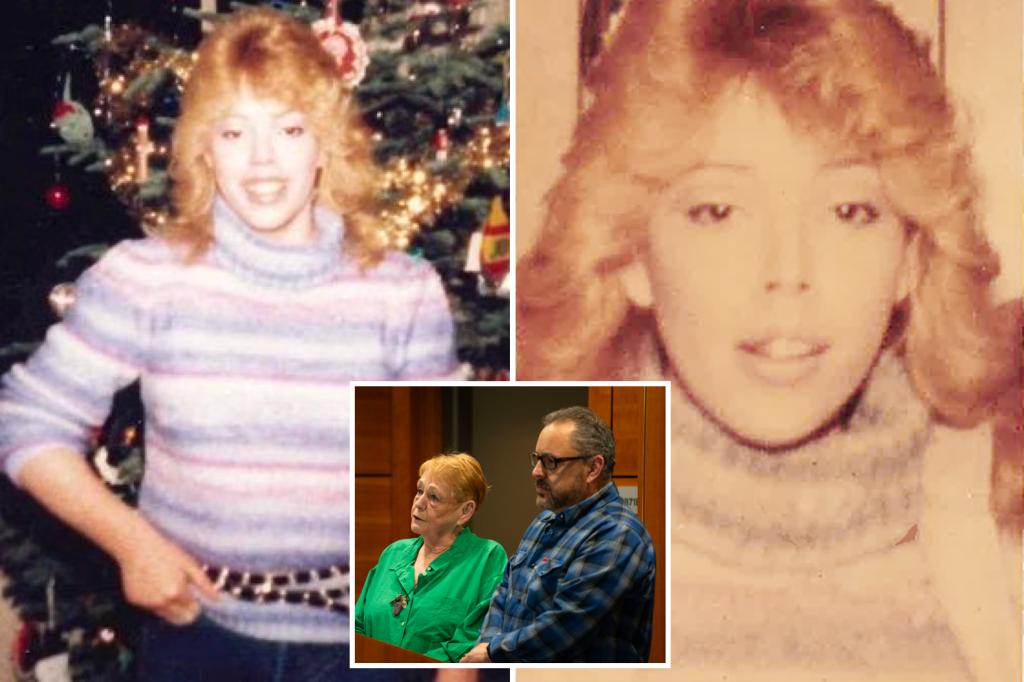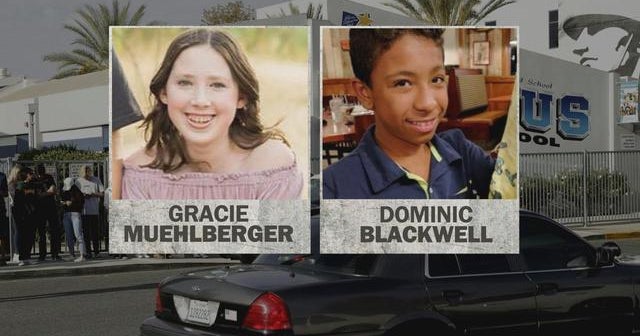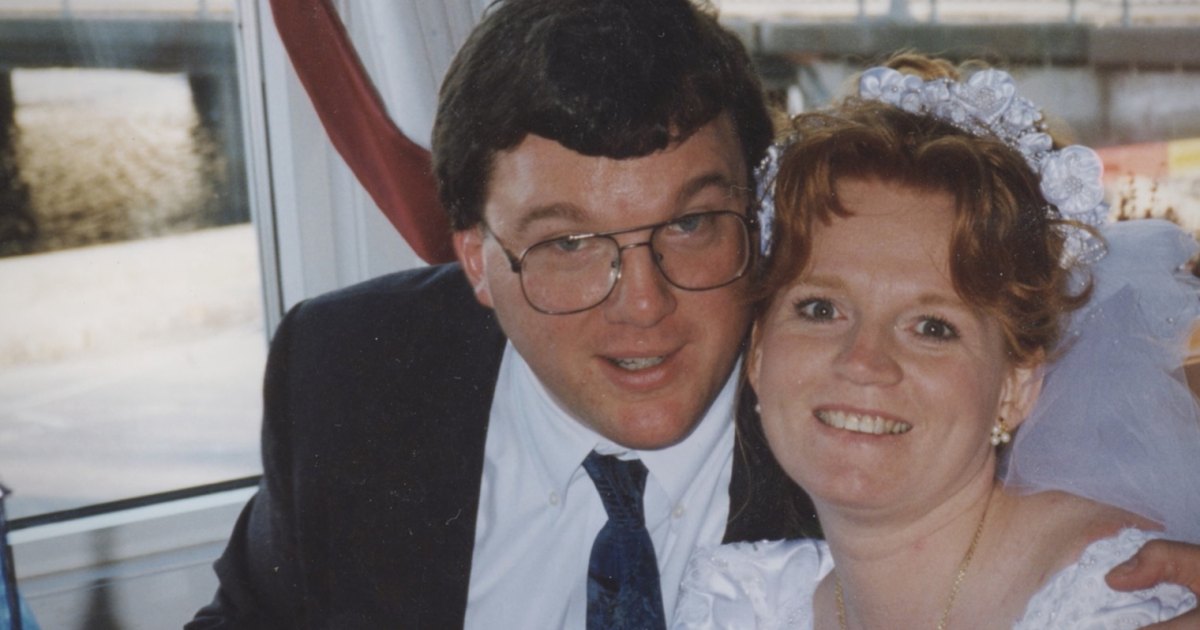Unraveling a 40-Year Mystery: The Cold Case of a Utah Teenager’s Tragic Fate
After 40 years of unanswered questions, Utah authorities have finally identified the perpetrator behind the brutal rape and murder of a teenage girl in 1983. The breakthrough, achieved through advanced DNA technology, has brought long-awaited closure to the victim’s family and reignited discussions about justice delayed. The case highlights both the perseverance of cold case investigators and the evolving power of forensic science.
The Crime That Shook a Community
On a chilly November evening in 1983, 17-year-old Melissa Stevens (name changed for family privacy) disappeared while walking home from a friend’s house in Ogden, Utah. Her body was discovered three days later in a nearby ravine, bearing signs of sexual assault and blunt force trauma. Despite an intensive investigation, the case went cold as leads dried up and forensic capabilities of the era proved insufficient.
“This was every parent’s worst nightmare,” recalled former Ogden Police Chief Mark Johnson, who worked the case as a rookie officer. “The community lived in fear for years, wondering if a killer walked among them.”
Key challenges investigators faced in 1983:
- Limited DNA technology (PCR testing wasn’t developed until 1985)
- No national DNA database (CODIS wasn’t established until 1998)
- Incomplete witness accounts due to poor lighting in the area
The Breakthrough: How Science Cracked the Case
In 2021, the Utah Cold Case Coalition partnered with Othram Inc., a private forensic genealogy firm, to re-examine evidence using modern techniques. Investigators extracted DNA from preserved samples and built a genetic profile, which they compared against commercial ancestry databases. This led them to a suspect’s relative, ultimately pointing to truck driver Frank Dobson, who died in 2009 while incarcerated for an unrelated assault.
“This case demonstrates how genetic genealogy has revolutionized cold case investigations,” explained Dr. Sarah Chen, a forensic scientist at the University of Utah. “We’re now able to solve crimes that were previously considered hopeless, giving voices back to victims who’ve waited decades for justice.”
The identification process involved:
- Extracting degraded DNA from 40-year-old evidence
- Using SNP microarray technology to create a detailed profile
- Building family trees through public genealogy databases
- Narrowing down suspects through traditional police work
The Emotional Toll of Delayed Justice
For Melissa’s surviving siblings, the announcement brought mixed emotions. “We’re relieved to finally have answers, but it’s reopened wounds we thought had healed,” shared her brother, who asked to remain anonymous. “Part of me wishes he’d lived to face what he did, but at least we know.”
Community reactions have been equally complex. Longtime Ogden resident Martha Wilkins recalled, “We all knew Melissa. For years, parents wouldn’t let kids walk alone after dark. Maybe now we can finally breathe.”
Cold Case Resolution Rates: A National Perspective
Melissa’s case joins a growing number of decades-old crimes being solved through advanced forensics. According to the National Institute of Justice:
- Over 1,200 cold cases have been resolved using genetic genealogy since 2018
- The average time between crime and resolution is 28 years
- Utah has cleared 37 cold cases since 2015, ranking 12th nationally
However, challenges remain. Many jurisdictions lack funding for advanced testing, and ethical debates continue about using consumer DNA databases for law enforcement purposes.
What This Means for Future Investigations
The resolution of Melissa’s case has prompted Utah lawmakers to consider increasing funding for cold case units. A proposed bill would allocate $2.5 million annually to re-examine unsolved crimes using modern technology.
“Every victim deserves to have their story told,” stated Detective Lisa Moreno, who led the recent investigation. “This isn’t just about the past—it’s about sending a message that justice has no expiration date.”
As forensic technology continues advancing, experts predict:
- Rapid DNA testing becoming standard for all violent crimes
- Increased collaboration between law enforcement and geneticists
- More states passing laws regulating forensic genealogy use
A Community Begins Healing
Ogden plans to dedicate a memorial bench in Melissa’s honor at the park near where she was last seen alive. Meanwhile, her family has established a scholarship fund for forensic science students, ensuring her legacy helps prevent similar tragedies.
“After 40 years, we finally have truth,” Melissa’s mother said in a written statement. “Now we can remember her life, not just her death.”
For those with information about other cold cases, the Utah Cold Case Coalition encourages tips through their website. As this breakthrough proves, even the oldest mysteries can still find resolution.
See more CNN Headline



